Have you been in the middle of what you think is a brilliant lesson and then, all of the sudden, you see glazed eyes staring back at you? Most of the time when I see the glazed over look, I know there is something up. I know I'd better start monitoring my students' understanding.
BUT WHY?
When you monitor understanding, you are formatively assessing what students have "gotten" from the lesson. We teachers need that information to modify our instruction, to clarify expectations, or even build on student strengths and weaknesses. Students need that time of metacognition to help them grow from making mistakes and errors.
BUT HOW?
If you're like me, you're always looking for new ways to get my kids excited about things, even for checks for understanding. Which of these are you already doing? Do you have any other fun and engaging ideas? I'd love to see your responses below.
This is one of my favorite ways to monitor! It also works really well for students who need that extra reminder to write their name on their paper!
Green= I totally get this!
Yellow= I understand somewhat.
Red= I'm lost. Help!
If your kids are kinesthetic learners, this activity is perfect! Assign levels of understanding to each corner of the room. Allow students to move free and change their position when they begin to feel more comfortable with the lesson. Some teachers like to use numbers and letters. This can also be a fantastic way to assign partners for differentiation.
Students have 3 different colored plastic cups on their that are upside down. While the cups are stacked, whichever cup is on the outside represents their level of understanding. It's very similar to the coystem of highlighter coding system mentioned above:
Green= I know tons about this!
Yellow= I know a little about this.
Red= I have no idea what this is.
At the beginning of the lesson, have students rate their understanding.
Later do it again, but watch the students change their cups (hopefully) as they reflect on the change in their understanding. It's amazing to see the colors shift!
This is a tried and true method. Both signals are pretty self explanatory, and can get boring half-way through the year. In order to make learning more fun, you could change up the two choices for responding to a check for understanding. For example: Stand & Sit Down. It's very similar to thumbs up/down, but gets the whole body moving.
Entrance and Exit Tickets are like gold mines when comes to monitoring my students' understanding. When students complete one, a brief snapshot emerges of what they know. With an entrance ticket, you can modify questioning and later activities on the fly. With an exit ticket, the students have more exposure so they have more opportunities to show mastery.
This system is on of my favorite ways to monitor. This system comes in handy because it helps determine how the student could be working for the class period. This is very helpful when it comes to differentiation and scaffolding.
3 fingers= I got it and can teach a friend.
2 fingers= I got it and can work independently.
1 finger= I don't really get it and I need a coach to help me get started.
WHAT DO YOU DO?
Which of these are you already doing? Have another method you've tried or experimented with? I'd love to see your responses below.












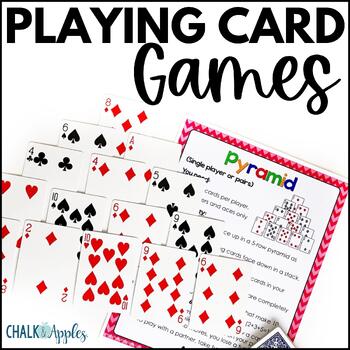
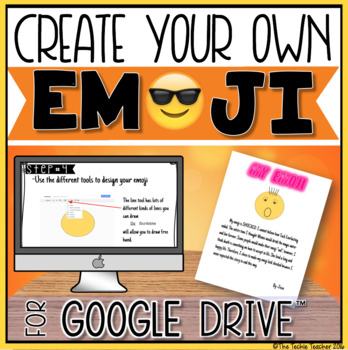


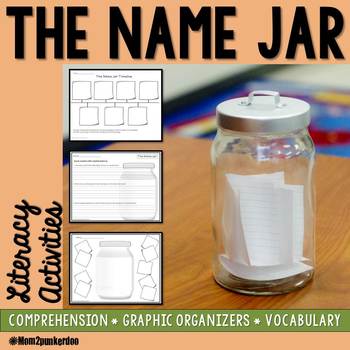

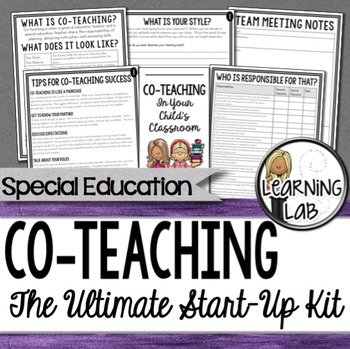
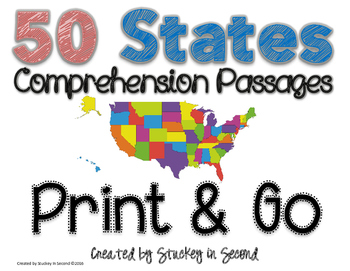
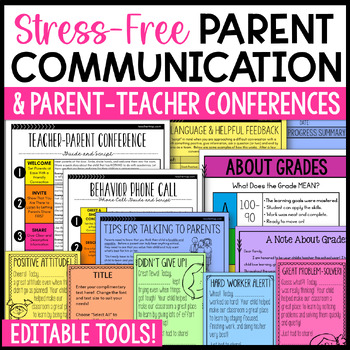
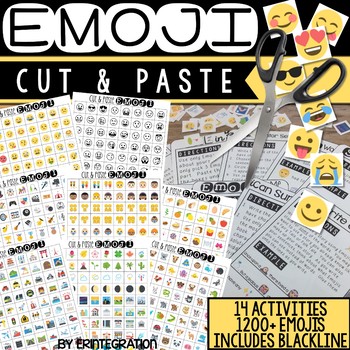
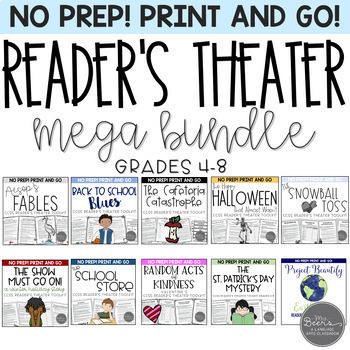
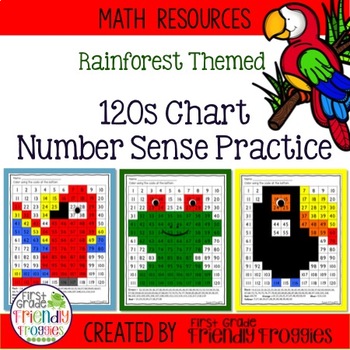

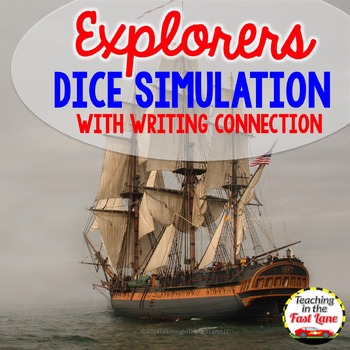




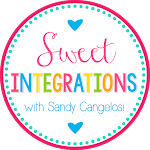
















0 comments:
Post a Comment